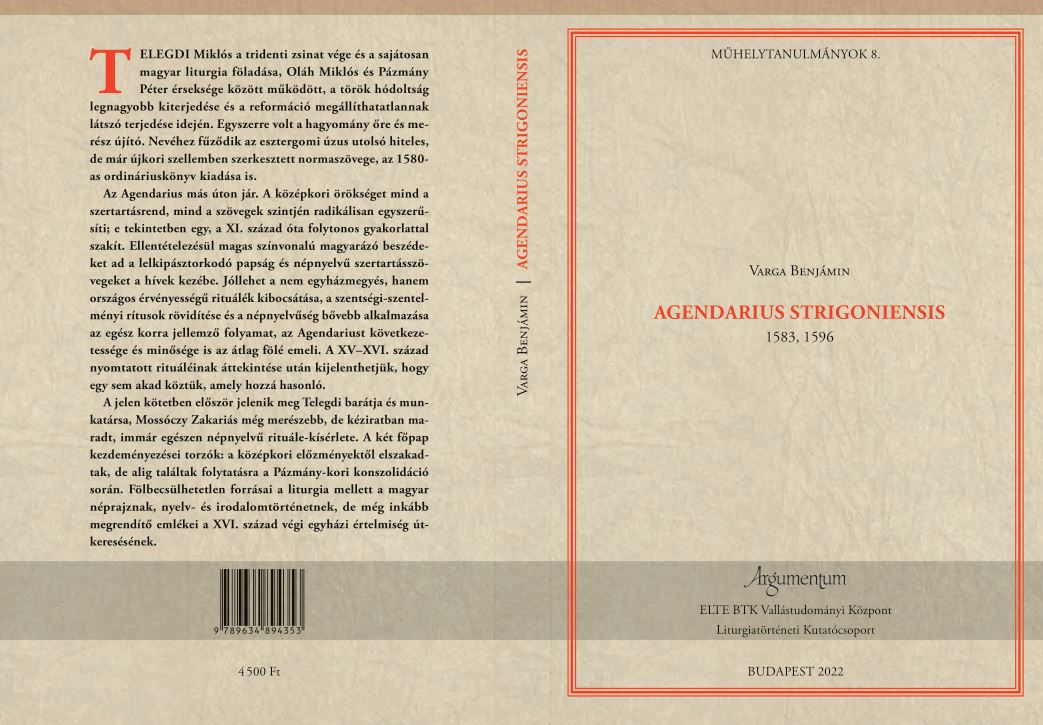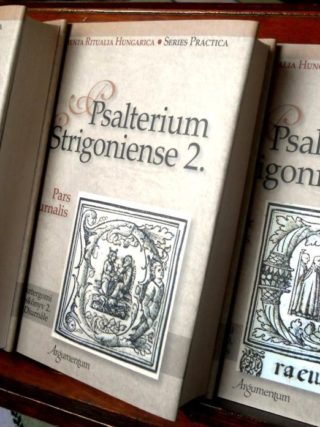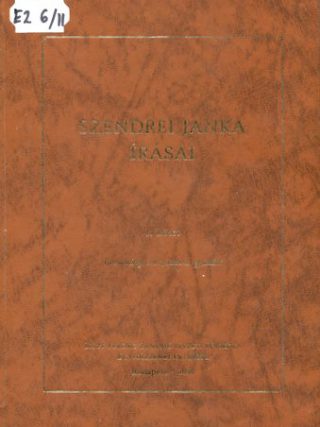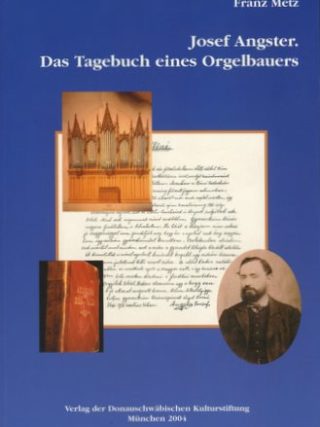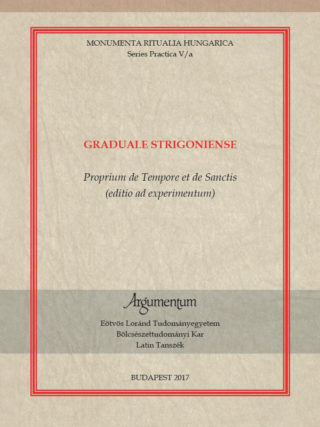4 500,00 Ft
33 készleten
Leírás
ELTE BTK Vallástudományi Központ Liturgiatörténeti Kutatócsoport kiadványa – Műhelytanulmányok sorozat 8. kötete
Telegdi Miklós a tridenti zsinat vége és a sajátosan magyar liturgia föladása, Oláh Miklós és Pázmány Péter érseksége között működött, a török hódoltság legnagyobb kiterjedése és a reformáció megállíthatatlannak látszó terjedése idején. Egyszerre volt a hagyomány őre és merész újító. Nevéhez fűződik az esztergomi úzus utolsó hiteles, de már újkori szellemben szerkesztett normaszövege, az 1580-as ordináriuskönyv kiadása is. Az Agendarius más úton jár. A középkori örökséget mind a szertartásrend, mind a szövegek szintjén radikálisan egyszerűsíti; e tekintetben egy, a XI. század óta folytonos gyakorlattal szakít. Ellentételezésül magas színvonalú magyarázó beszédeket ad a lelkipásztorkodó papság és népnyelvű szertartásszövegeket a hívek kezébe. Jóllehet a nem egyházmegyés, hanem országos érvényességű rituálék kibocsátása, a szentségi-szentelményi rítusok rövidítése és a népnyelvűség bővebb alkalmazása az egész korra jellemző folyamat, az Agendariust következetessége és minősége is az átlag fölé emeli. A XV–XVI. század nyomtatott rituáléinak áttekintése után kijelenthetjük, hogy egy sem akad köztük, amely hozzá hasonló. A jelen kötetben először jelenik meg Telegdi barátja és munkatársa, Mossóczy Zakariás még merészebb, de kéziratban maradt, immár egészen népnyelvű rituále-kísérlete. A két főpap kezdeményezései torzók: a középkori előzményektől elszakadtak, de alig találtak folytatásra a Pázmány-kori konszolidáció során. Fölbecsülhetetlen forrásai a liturgia mellett a magyar néprajznak, nyelv- és irodalomtörténetnek, de még inkább megrendítő emlékei a XVI. század végi egyházi értelmiség útkeresésének.
Miklós Telegdi, bishop of Pécs and spiritual administrator of the vacant archbishopric see of Esztergom, was active between the end of the Council of Trent and the abolition of the specifically Hungarian liturgy, between the highly influential archbishops Miklós Oláh and Péter Pázmány; at a time of the most tremendous expansion of the Turkish occupation and the seemingly unstoppable spread of the Protestant Reformation. He was both a guardian of tradition and a bold innovator. He initiated the publication of the last authentic, but contemporarily designed norm text of the use of Esztergom, the Ordinarium of 1580. His Agendarius follows a different path. It radically simplifies the medieval heritage, both at the level of the ceremonial and of the textual selection; in this respect, it breaks with a practice that had been going on since the 11th century. In contrast, it provides the pastoral clergy with high-quality explanatory texts and model sermons, and the faithful with dialogues and formulas, in vernacular. Although the national – rather than diocesan – publication of rituals, the shortening of sacramental rites and the wider use of vernacular are typical trends of the age, the consistency and quality of the Agendarius raise it above the average. After monitoring the printed rituals of the 15th to 16th centuries, we can say that it far excels among them in terms of pastoral care and vernacularism. The present volume is also the first to present an even more daring ritual attempt by Telegdi’s friend and colleague, Zakariás Mossóczy, bishop of Nitra, which has survived in a handwritten appendix and is entirely in Hungarian. Both initiatives of the two prelates proved abortive: they radically departed from their medieval antecedents but found little continuation in the 17th-century consolidation of the Pázmány era. While being invaluable sources not only for liturgy but also for ethnography, linguistics, and literature, they poignantly document the experimentation of the ecclesiastical intelligentsia of the late 16th century.

